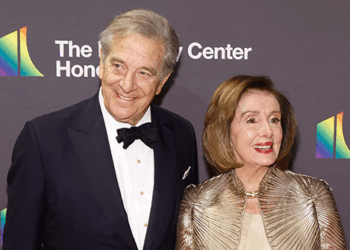KTLA weather anchor Mark Kriski shares more about his stroke and recovery
May is National Stroke Awareness Month and Dr. Rahul Jandial, a neurosurgeon and scientist at City of Hope, sheds more...
Jimmy Kimmel Reveals the Real Reason Why MAGA Hates the New Pope
Jimmy Kimmel seemed thrilled to hear that Chicago native Robert Francis Prevost, now going by the title Leo XIV, has...
3 Grunge Songs About Real People and Things in Seattle
Grunge music was born in Seattle, Washington. Officially, the genre started some time in the 1980s and rose to become...
EU farm plan earmarks more cash for disaster relief even as it loosens green rules
BRUSSELS — The European Commission’s plan to slash bureaucracy for farmers risks hurting the planet. The EU executive wants to...
A ‘Grey’s Anatomy’ Wedding Brings Levi Back & Has Link Singing As EP Meg Marinis Teases Season 21 Finale With 2 Couples Facing Breakups
SPOILER ALERT: The story includes details about May 8 episode of ABC’s Grey’s Anatomy “Love You Like a Love Song”...
Justice Sotomayor Says Lawyers Must ‘Stand Up’ and ‘Fight This Fight’
Justice Sonia Sotomayor, speaking to hundreds of lawyers at an American Bar Association event on Thursday night, urged the legal...
What Trump Should Keep in Mind on His Big Middle East Trip
Dear President Trump, There are very few initiatives that you’ve undertaken since coming to office that I agree with —...
The Wars We Still Can Stop
Conflict, famine and a great-power competition are colliding in the Horn of Africa, creating enormous instability. The growing prospect of...
Michigan dad brings along daughter, 11, to home burglary and ditches her when homeowner arrives: prosecutors
A delinquent dad allegedly strong-armed his unsuspecting daughter into breaking into a Detroit house, but skipped out at the first...
Catholic leaders react to Pope Leo XIV
HUNTSVILLE, Ala. (WHNT) — Pope Leo XIV was introduced Thursday, sending shockwaves through the world as he’s the first American...

















